This is one of those that actually has a claim to be something specific, instead of just “something aged”. I got this tea from Yetang on one of my visits to the Yongkang area, and I was rather impressed when I tried it there. It’s been a month already, and it’s a good time to break it out now.
It comes in a simple box

With these filled inside (within a bag, of course). The dry leaves smell a little different — it has a slight affinity to an aged puerh in smell. No wet storage, of course. Rather, it has a sort of “old” taste, if I can call it that. Something different, not the slightly plummy aged oolong smell you usually get.

You can’t really say much about an aged oolong just judging by its colour

It is slightly numbing on the tongue, with a full yet interesting flavour — again, not the sweet plummy taste you often expect from an aged oolong, but rather, a slightly puerh-ish taste comes out rather strongly. More interestingly, there’s a hint of some high floral notes that I didn’t notice when I tried this tea at the store. The floral notes I think give it away — this tea wasn’t highly roasted at all at any point, I think, but was aged in probably a reasonably sealed container for some years without further roasting. The floral note persists throughout the session. There’s also a green Taiwan oolong finish to the tea that you don’t get with the more roasted varieties. Only near the end, maybe 15 or 20 cups later, did the tea turn to a more generic aged oolong plummy taste — not that it was never there, but rather, I think it was always overshadowed by something else in the foreground.
There’s a misconception that aged oolongs must be re-roasted every year or every few years. I know for a fact that this doens’t always happen, since I know private collectors who definitely don’t roast their teas. They just keep it in a well sealed jar and take some out every once in a while, and some of these teas are 20 years or older. As long as one is careful about storage (mostly by avoiding moisture) roasting is not really necessary. I’ve tried some of that stuff before, and they can be quite delightful.
You can see how the wet leaves are more like a dark green.

I think this tea is quite good. Not too cheap, but perhaps I should get another bag and let it age some more while I drink off this one…

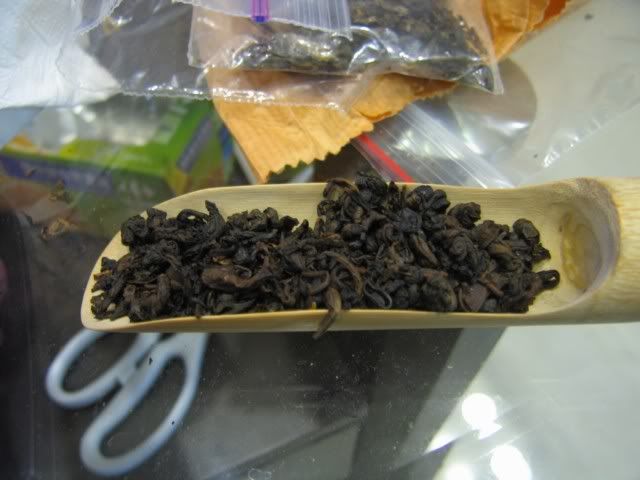
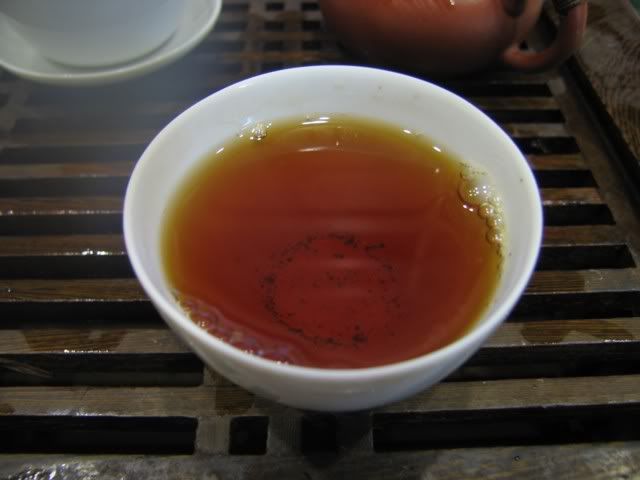






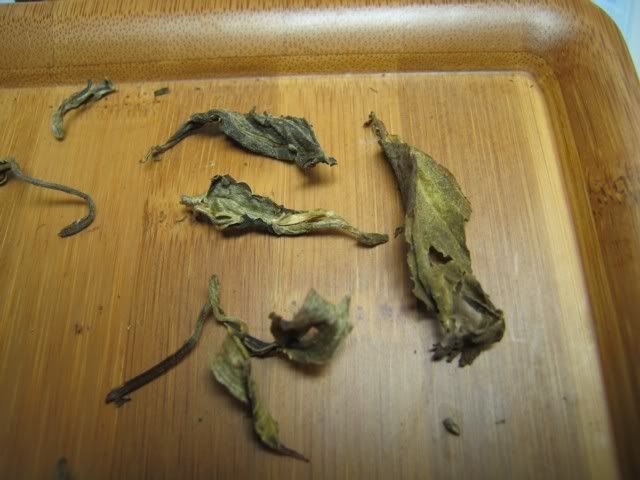


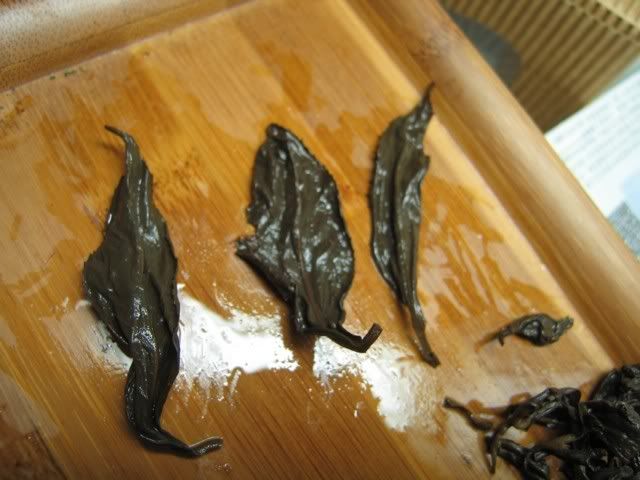


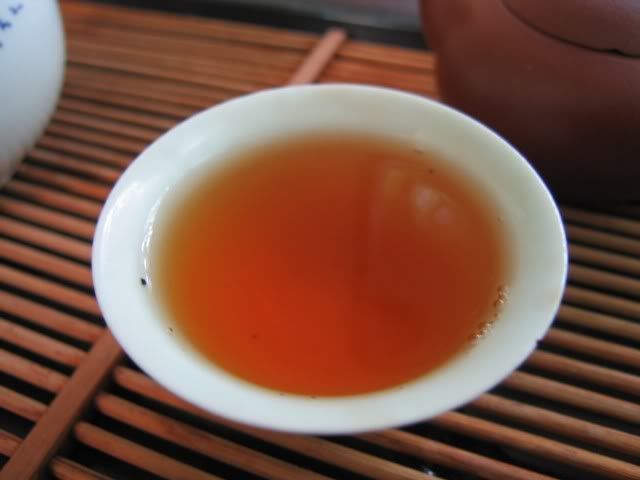


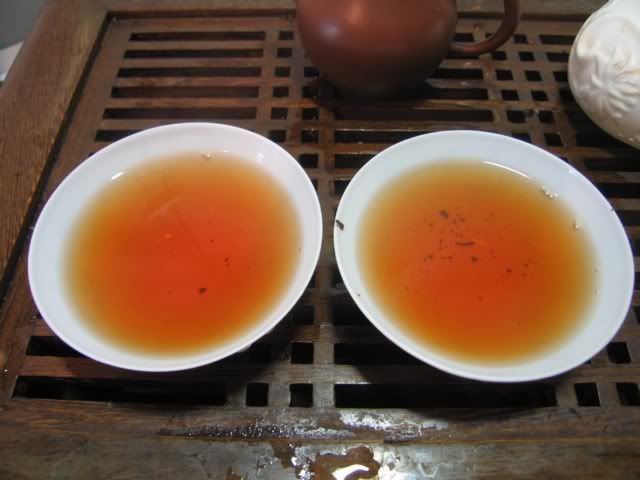
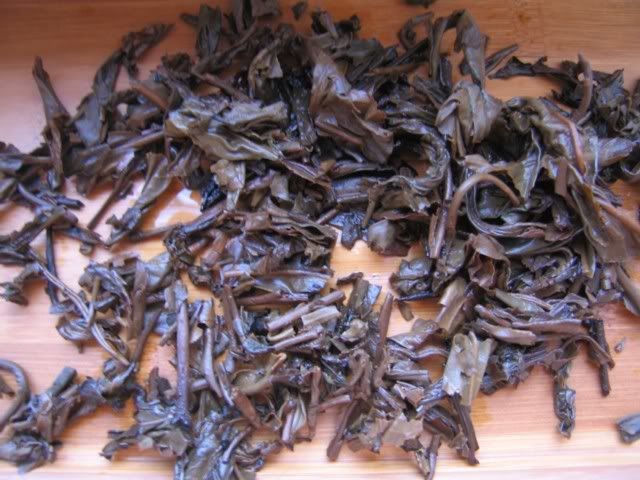
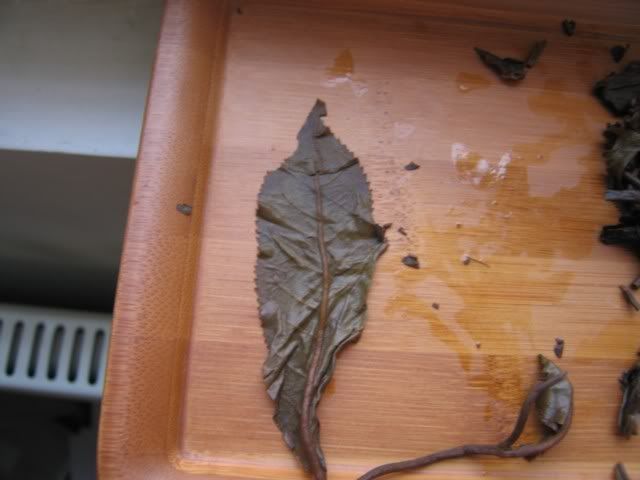
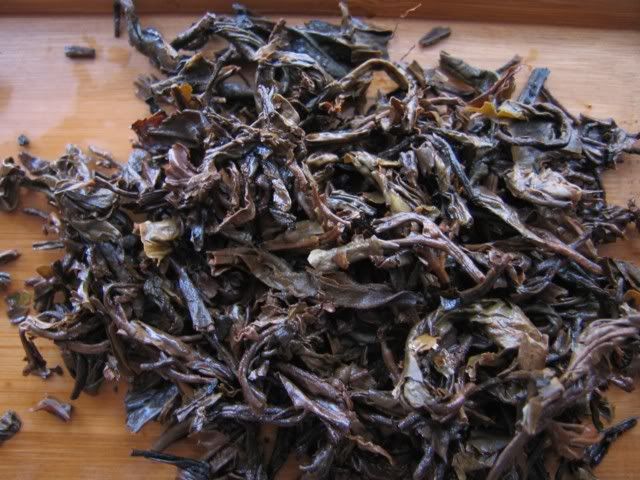


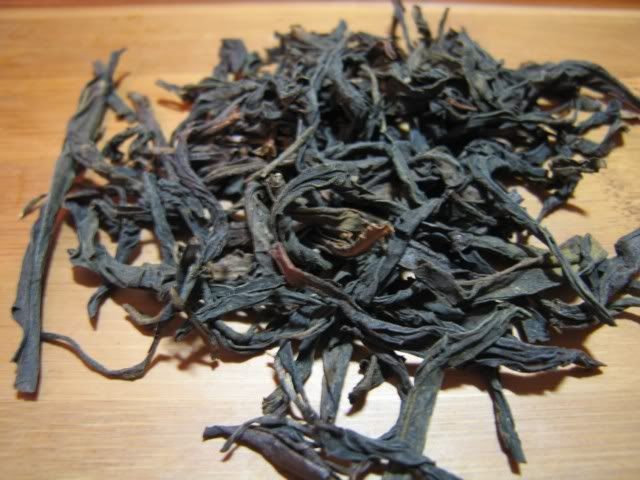
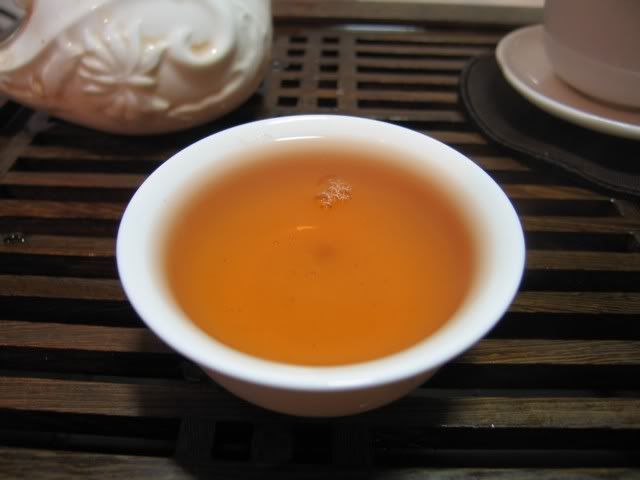
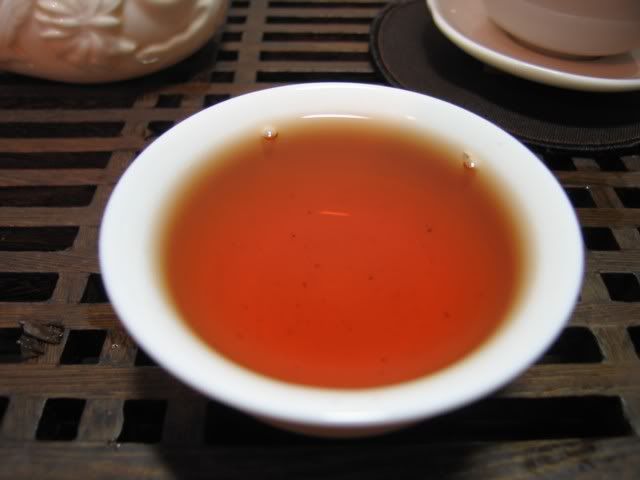
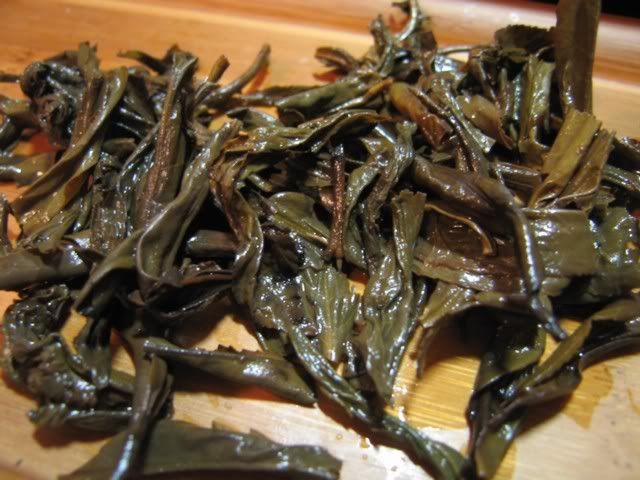

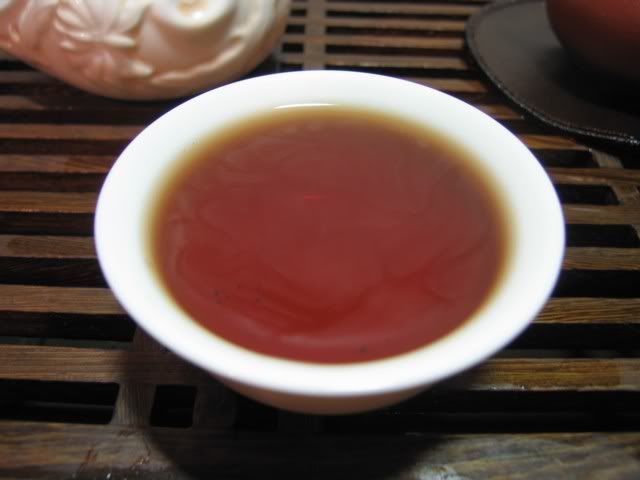

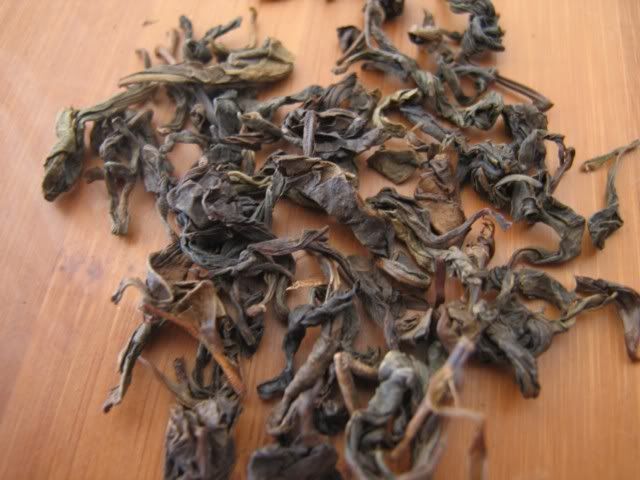
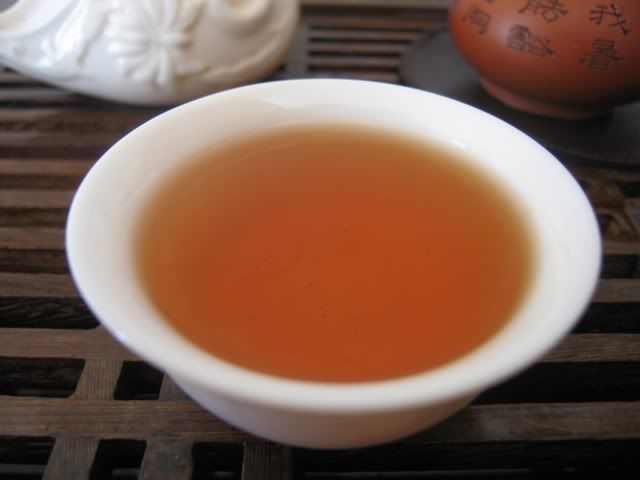
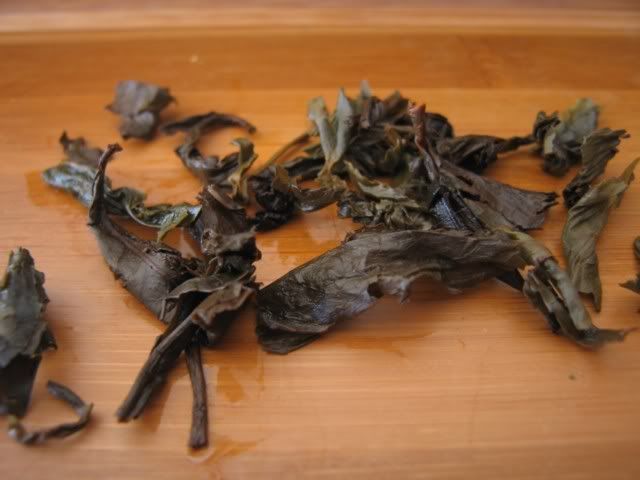
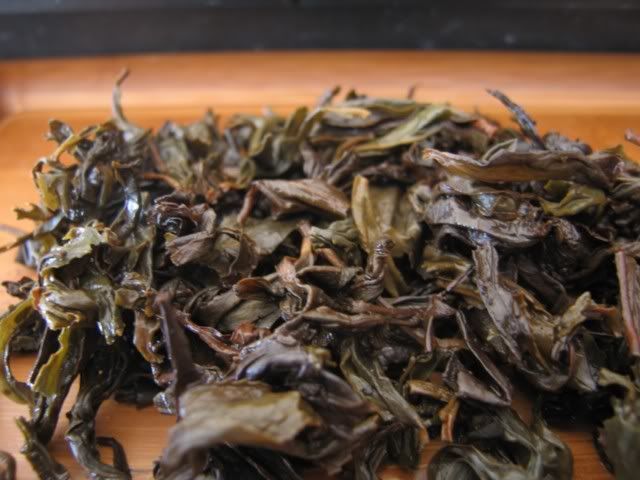
 RSS - Posts
RSS - Posts
I took you at your suggestion and have been reading some of your old post-Covid posts. I haven’t been to…